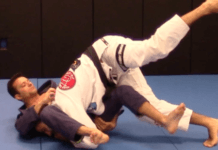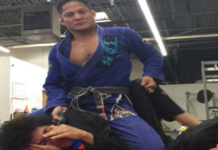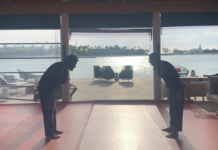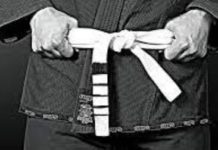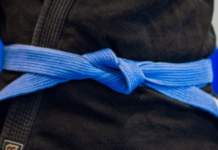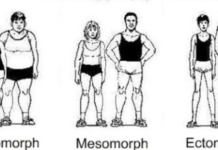Belt system in Brazilian JiuJitsu is one of the more restrictive. The BJJ belts in order are White, Blue, Purple, Brown, and Black. Switching from one belt color to another really takes some time. Usually about 2 – 2,5 years, which is quite long compared to other martial arts. However, when you get a purple belt in BJJ, you can say that you are already halfway to the black one. So, what should you represent in this middle of your journey?
Level of technique
Purple belt is all about smoothness. At this level, you are focusing on a game of catch and control. You already know how to handle your weight in the right way and begin to perform complex actions. As a purple belt, you also know how to use your opponent’s mistakes. You know how to use his speed and weight to his disadvantage. Purple belts just know when and what to do, they can recognize the right conditions in which a technique should be used. Movement and Pace are the main attributes of the purple belt.
It is also said that at this level you already know all of the techniques that a black belt knows. The difference is in the details and precision of the execution of those same techniques. This means the purple belt is a time of correcting things that you know you are not the best at and mastering a few of your favorite moves. In addition, on this stage, you know how to eliminate unnecessary movements and bad behaviors that have hampered your development so far.
The mentality of the BJJ Purple Belt
It’s the time of developing your BJJ identity. Purple belt is the time when a practitioner has the tools to start developing their own game. They have enough experience to know what works for them and should have an open mind for experimentation.
Purple belt is also time to start being more independent. This is the belt where the coach can’t hold your hand as much anymore because you are developing your personal movement and skill. At this stage, you have to work more on your own, as you already have much more knowledge than as a white or blue belt. You will rely less on your trainer when it comes to answering questions. Your relation with him will be based more on solving problems and exchanging ideas than on his monologue given to you.
Getting purple means that you are dedicated to this sport. The number of people giving up BJJ on this color of belt decreases significantly. Especially compared to people abandoning Brazilian JiuJitsu when they are a blue one. However, it does not mean that as a purple belt we will not encounter any crises. The benefits you will get from any fight or sparring will be much smaller than those achieved as a white or blue belt. This can be a bit annoying and frustrating.
As a purple belt, you can feel a sense of stagnation in development. However, you need to understand that improving skills will not be as drastic as before, and the determinant of development will be small elements – such as higher efficiency, greater fluidity of movement or a better understanding of the use of pace and weight during a fight.
It’s often said that the blue belt knows a lot of different techniques on the surface level – but that the purple belt only selects a few of these techniques that suit him and really begin the process of their mastery. You will typically see purple belts using only a few techniques to ruin the lower belts in rolling sessions.
In addition, at this stage, you are also introduced to teaching. Whether it is kids’ classes or fundamentals, purple belts start to give back to the community. Of course, not everyone can or wants to be a teacher. However, if you want to try it, a purple belt is the perfect time for that and the benefits of learning can be plentiful.
BJJ Purple belts will be able to see the weakness and strengths of their fellow students – not as well as the black belts, but they still have an inkling of this skill. So, if you have a legit purple belt in your class make sure that you pay respect to them, as their knowledge and advice can really help you out in improving your BJJ game by leaps and bounds. And hopefully, one day you too can reach the level of purple belt in BJJ.
Time and requirements to get BJJ Purple Belt
It usually takes about 4-5 years of training to become a purple belt level. By official standards practitioner with this belt, color is supposed to have a large amount of knowledge and is already qualified to help teach lower-ranked students. The IBJJF requires people to be at least 16 years old to get a purple belt. They also recommend to spent a minimum of two years as a blue belt to be eligible for a purple belt. The requirements are slightly different for those graduating directly from the youth belts.
Check also:
https://www.bjj-spot.com/brown-belt-bjj/
https://www.bjj-spot.com/quit-bjj-blue-belt/
https://www.bjj-spot.com/complete-guide-brazilian-jiu-jitsu-belts/




